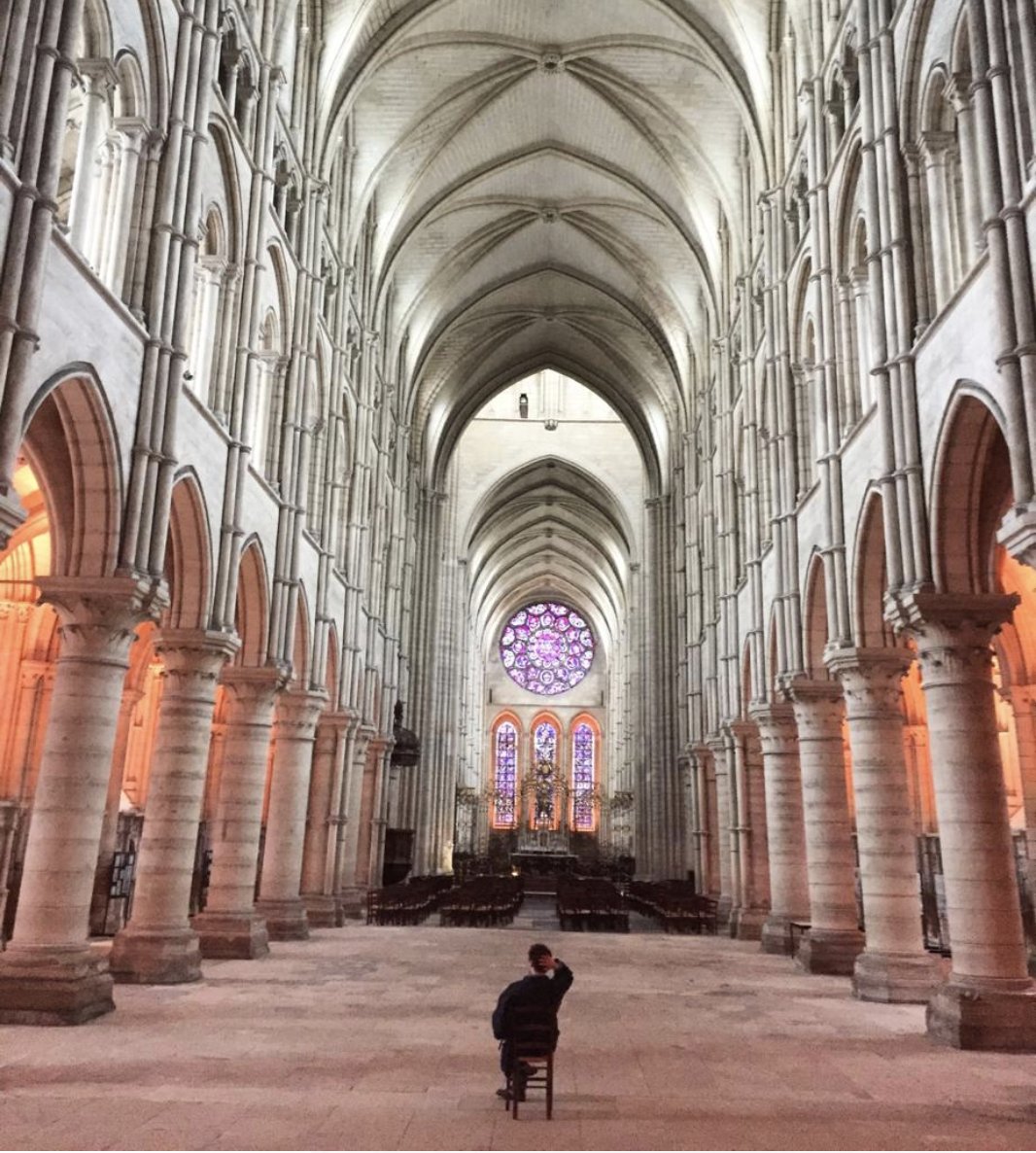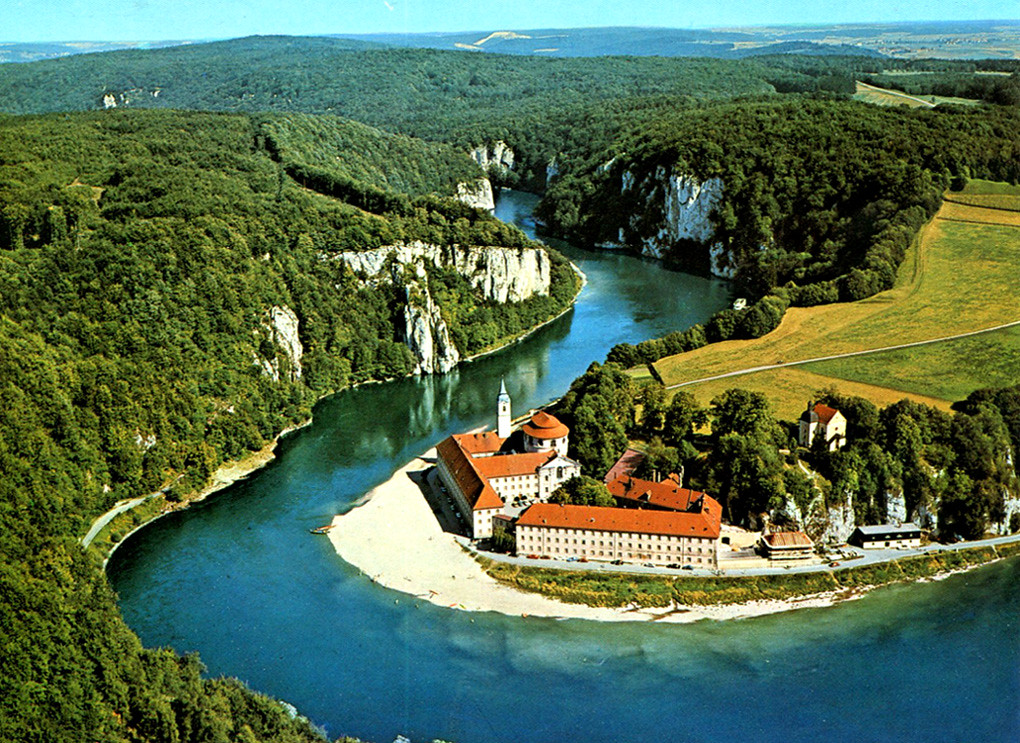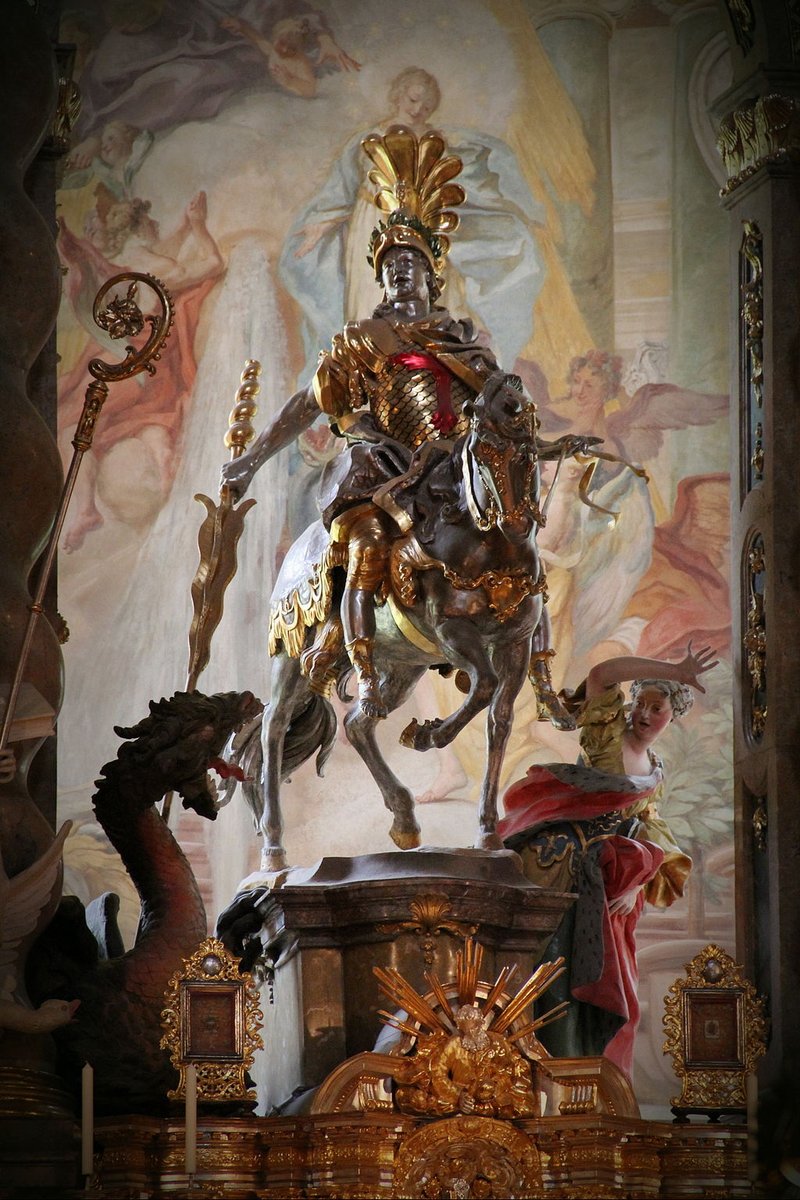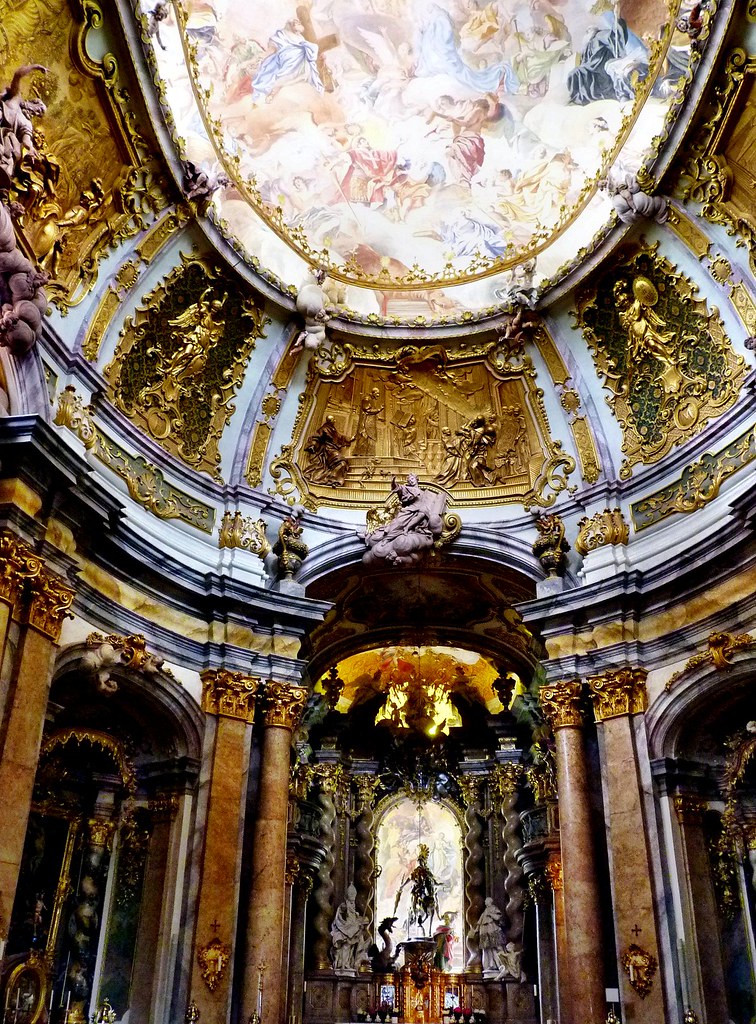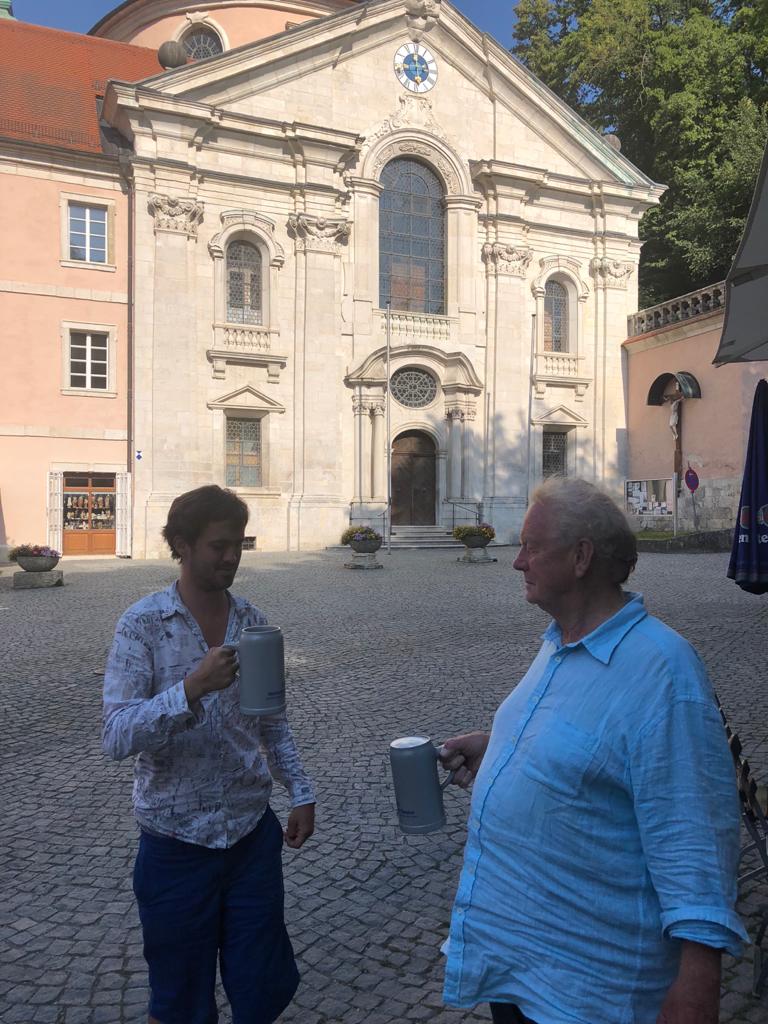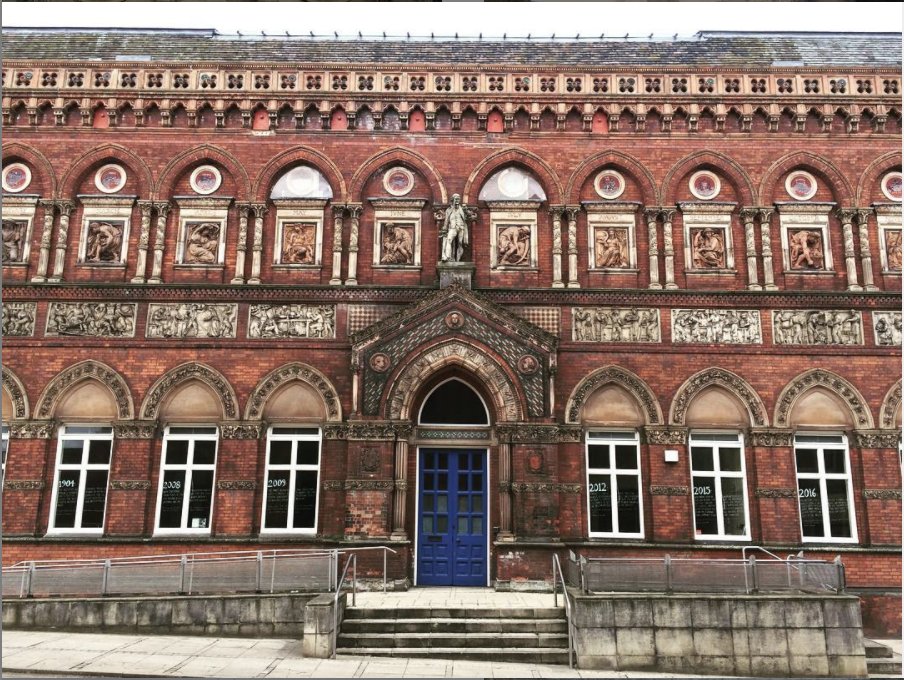
Here a porcelain palette plate (from @V_and_A), made in Paris 1810-20, so that a painter could gauge the eventual colour of enamels after firing.
A functional object that inadvertently ends up looking like it was made by the Bauhaus.
A functional object that inadvertently ends up looking like it was made by the Bauhaus.

Interesting to compare with a later and more formal, but to my eyes much less beautiful, example of the same concept from later in the century: 

A colleague sends me a third, much more elaborate iteration of a palette plate, from the Frankenthal Porcelain Factory, 1775: 

Now this example I think absolutely ravishing, like a Sonia Delauney, from Chantilly, probably 1920s. 

A heavenly early-20th century set, from the Schumann factory, Arzberg.
The labels of the colours are for some reason in English, & include lovely names such as violet of iron, rose pompadour, golden prawn, Berlin rose, light Dresden lilac, deep heliotrope.



The labels of the colours are for some reason in English, & include lovely names such as violet of iron, rose pompadour, golden prawn, Berlin rose, light Dresden lilac, deep heliotrope.




An example by another Staffordshire manufacturer, H&R Johnson Tiles Ltd, with a transfer print of Phoenix Rising from the Ashes in the middle. 

A related object in the Bayerisches Nationalmuseum; the 'Arcanum Case' of the Frankenthal Porcelain Factory (1775), for what was still a highly secretive industry, containing plans of the refining machines & kilns, and 62 glazed porcelain sample discs. 

• • •
Missing some Tweet in this thread? You can try to
force a refresh









